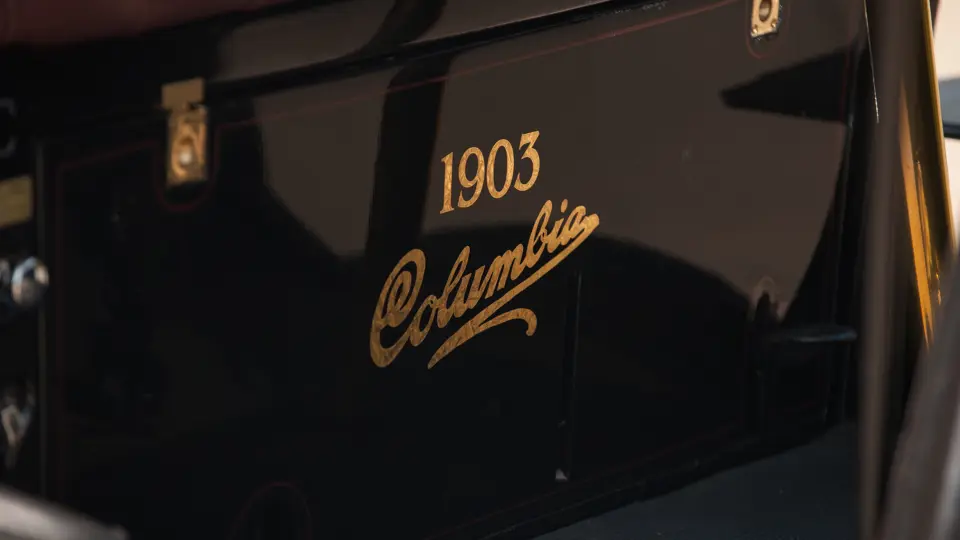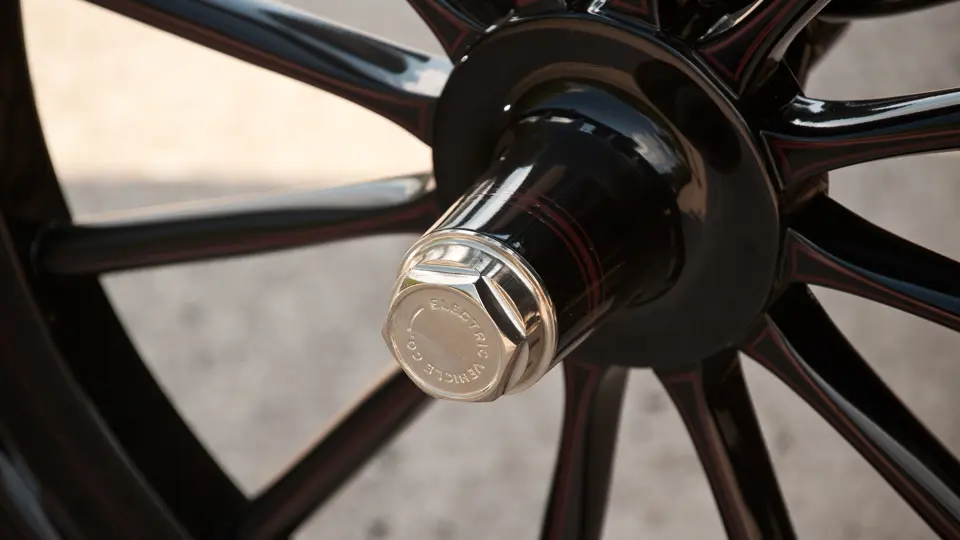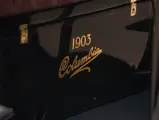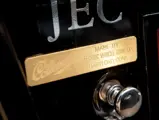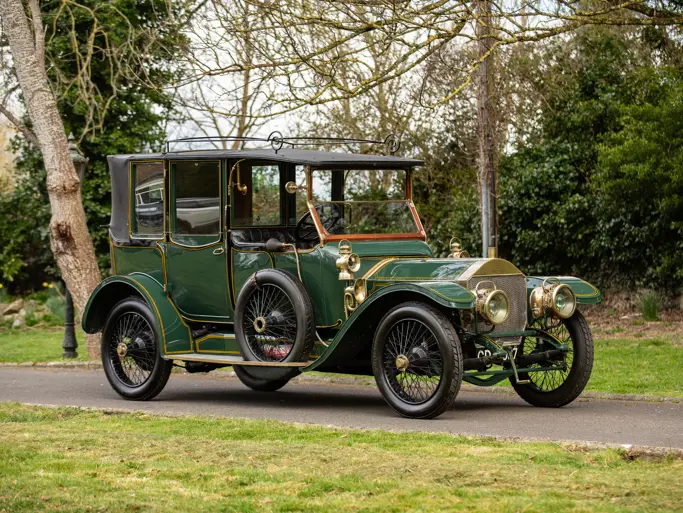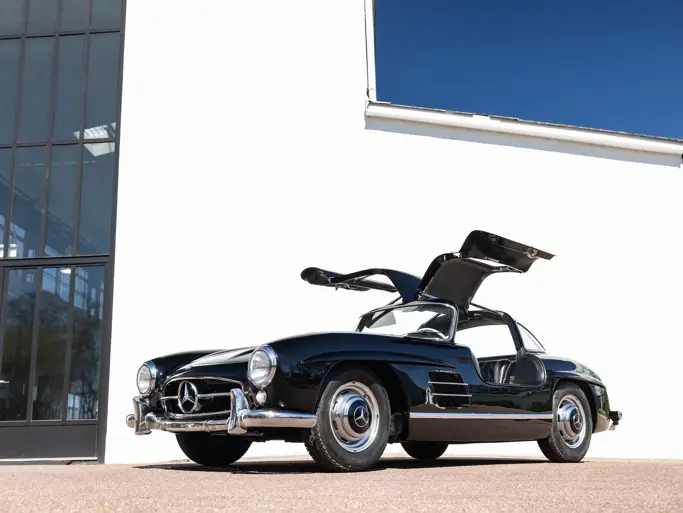Mark XIX. Dual direct-drive Edison DC motors, solid front and rear axles with full-elliptic leaf springs, and two-wheel mechanical brakes.
- Offered from the Estate of John O’Quinn
- Only known survivor
Colonel Albert Pope had become the nation’s largest bicycle manufacturer, and he aimed to do the same with cars. In 1896, he completed an experimental electric car and the next year hired Hiram Percy Maxim to head the motor carriage department of the Pope Manufacturing Company in Hartford, Connecticut. By 1899, they had built several hundred more electrics under the Columbia name, which he also used for his bicycles.
Meanwhile, the Electric Vehicle Company had been started by Isaac L. Rice in New York City with the intention of building electric taxicabs. Rice had managed to put several dozen in service, which performed quite well during the City’s blizzard of 1899. Financier William Collins Whitney took notice and bought the company. Whitney needed a manufacturing base, so he went to see Colonel Pope. The result was the Columbia Automobile Company of Hartford, organized in 1899.
By 1902, there were nine models of Columbia electrics, carrying such names as “Mark XXXI Elberon Victoria” and “Mark XXX Seabright Runabout,” as well as a single Mark VIII gasoline runabout. The 1903 Mark XIX, meanwhile, came in no less than four body styles: Surrey, Tonneau, Cabriolet and Special Service Wagon. Purchased from the James Cousens Cedar Crossing Collection in 2008, this Mark XIX Columbia presents well in basic black with tan leather upholstery. The surrey top has a long red fringe. The seats were reupholstered in 2006, at which time the top was also lined with vinyl and the fringe installed. The only known survivor of the Mark XIX model, it is offered today from the esteemed collection of John O’Quinn.




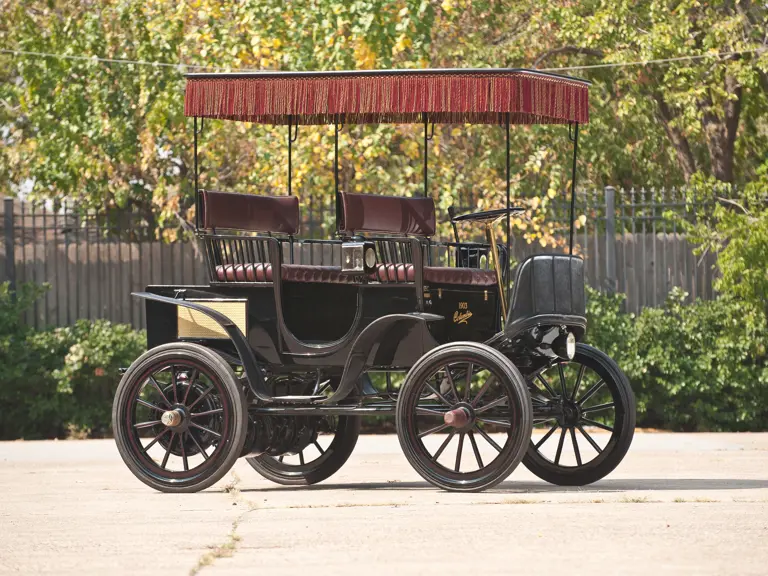
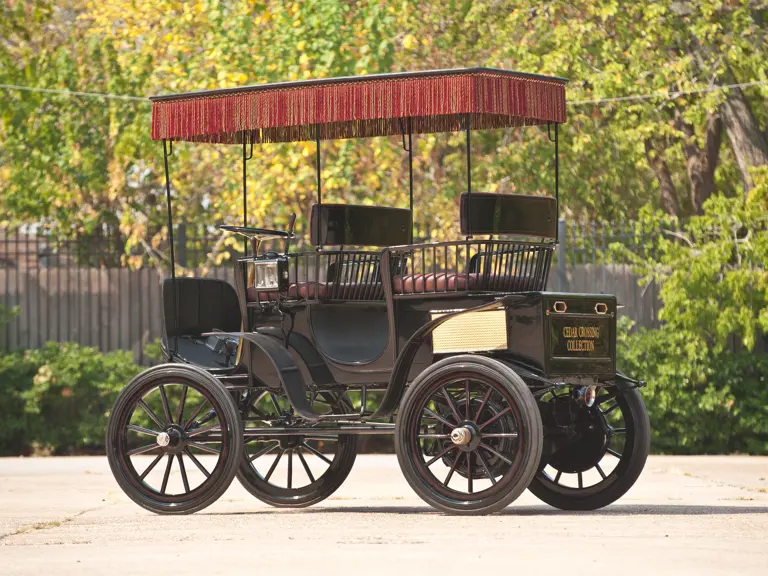
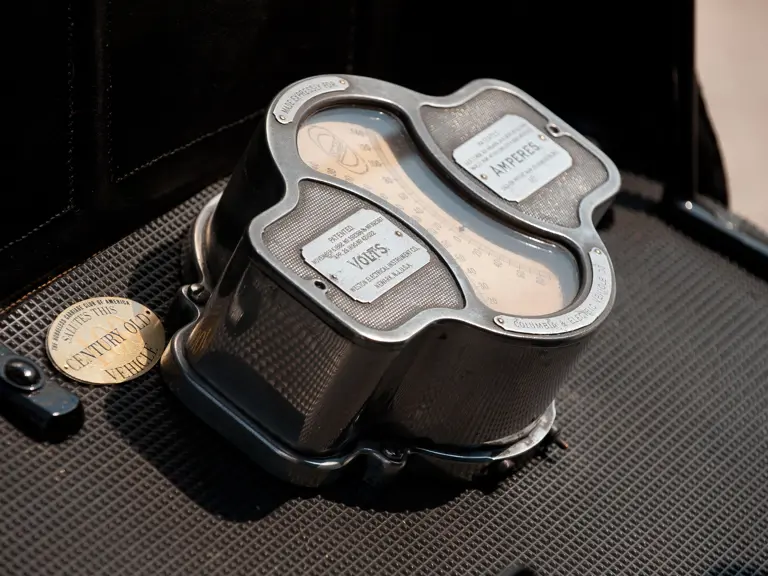
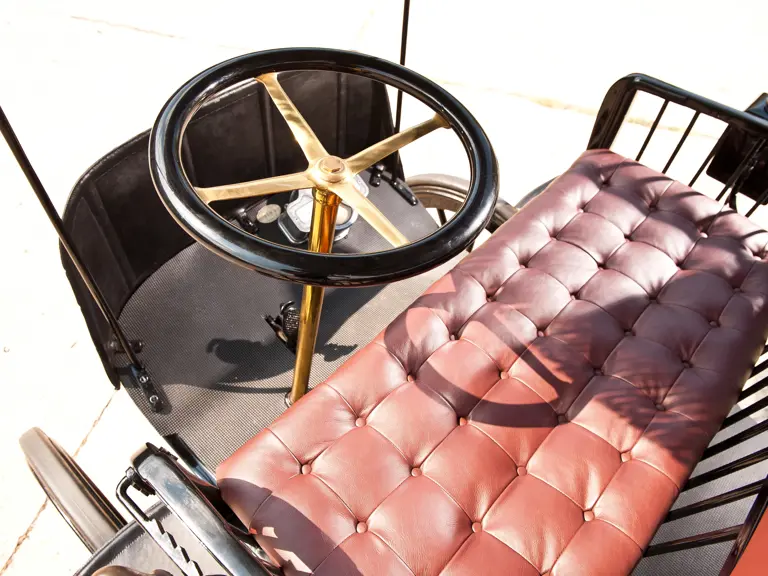
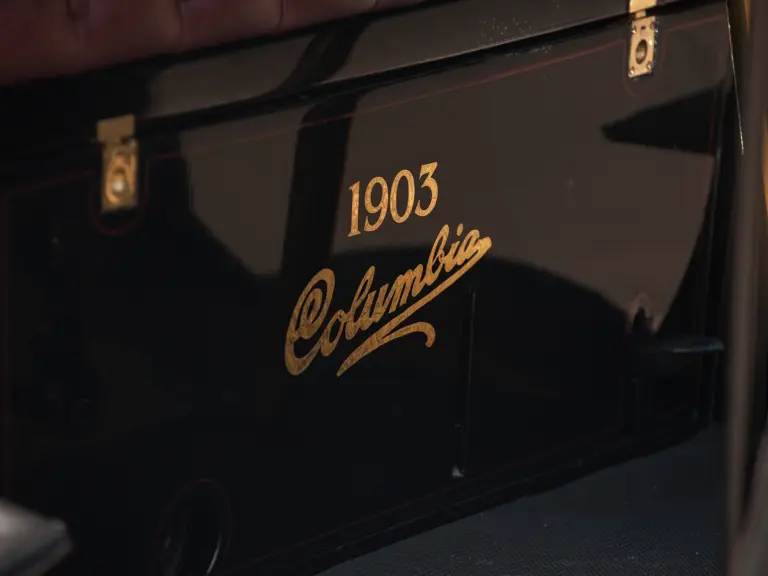
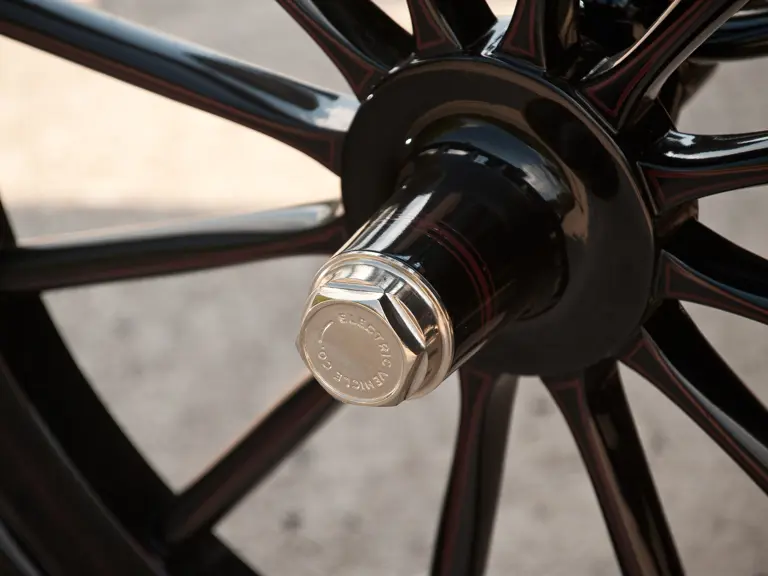
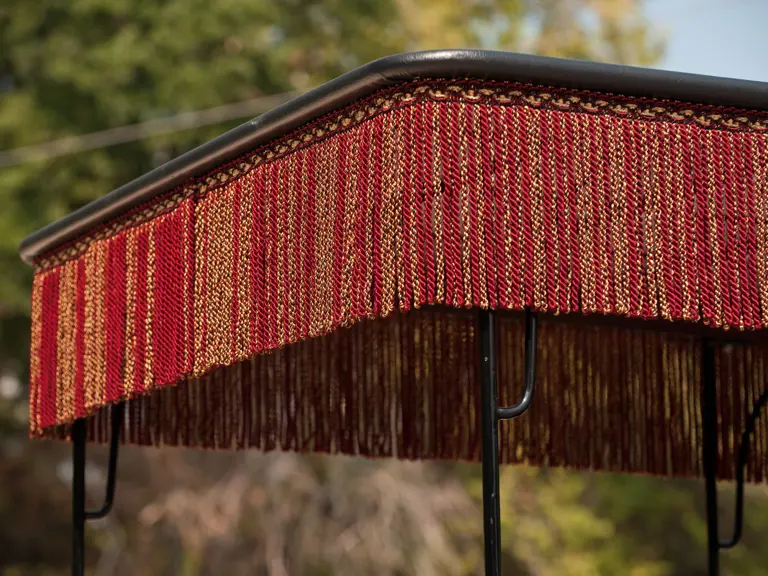
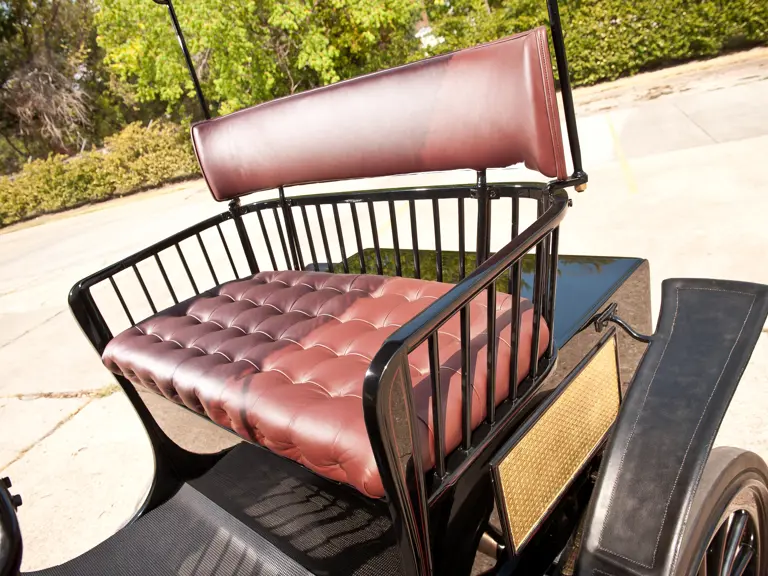


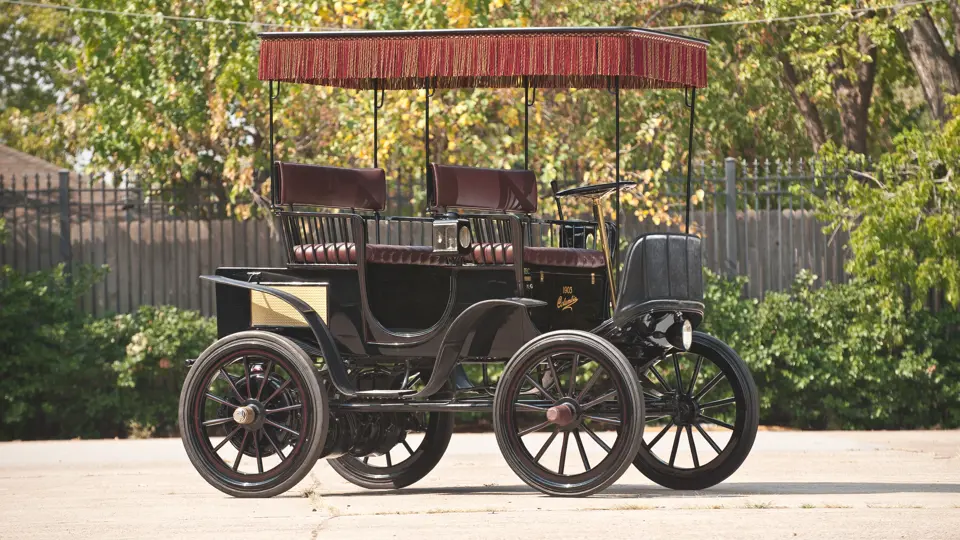
 | Hershey, Pennsylvania
| Hershey, Pennsylvania
